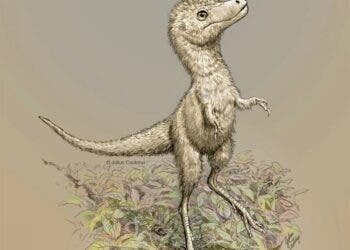Meet Matthew, a bright eyes, chubby cheeked baby. On the outside he looks and behaves like any regular baby his age, with one exception: an usually oblong-shaped head. At first, his parents dismissed it as a family feature, but when Matthew turned two months and visited the pediatrician for his regular check-up the doctor immediately knew something was wrong when he couldn’t find the “soft spot” on his head. He diagnosed the baby with dangerous condition called ‘craniosynostosis’.

Craniosynostosis is a birth defect in which one or more of the joints between the bones of the baby’s skull close prematurely. This can be particularly dangerous since the brain needs room to develop and the fused joints hampers it. To make things worse, Matthew was diagnosed with a rare form of craniosynostosis called sagittal synostosis which fused Matthew’s skull to the back of his head even earlier that it was supposed to happen.
“His brain was growing underneath but the skull doesn’t allow for it because of the way it’s fusued,” said Dr. Sandi Lam, Director of Craniofacial Surgery Program at Texas Children’s Hospital. “There’s no medicine that will unfuse the bone, the treatment is surgery and basically we have to cut out the bad bone.”
On the bright side, Matthew’s skull is very thing meaning it can be opened up using “different types of instruments and use endoscope to see everything,” according to Lam.

The surgery was performed on the 10-weeks-old Matthews and amazingly within 72 hours his skull reverted to a normal shape.
“Because of all of this growth that is happening the brain really helps make the baby’s new head shape. It rounds everything out from inside out and helps guide how everything heals up,” said Lam.
“In a 10-hour period the swelling went down and ever since then he hasn’t looked back,” said Megan Boler, Matthew’s mother.
Following such surgery, babies typically need to to wear a special helmet almost 24 hours a day for three to 12 months. Matthew, however, only had to wear it for four months. Now, just weeks after Matthew’s first birthday, his mother says you can’t even tell there was ever something wrong with him. Modern medicine, at its finest.






